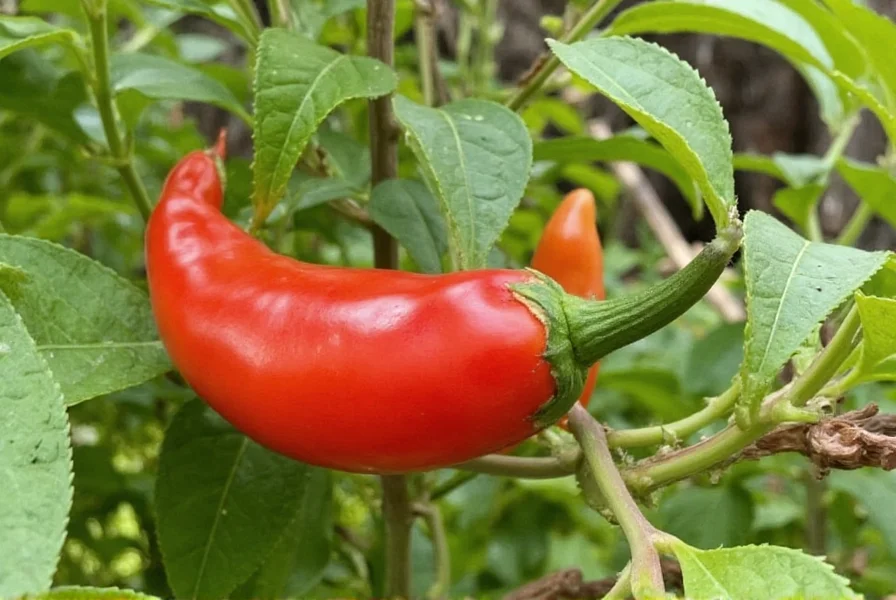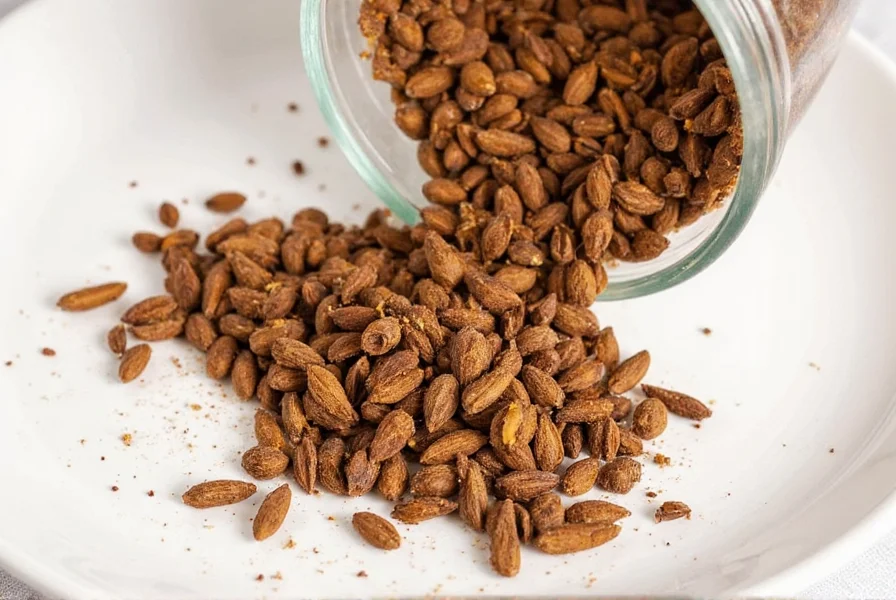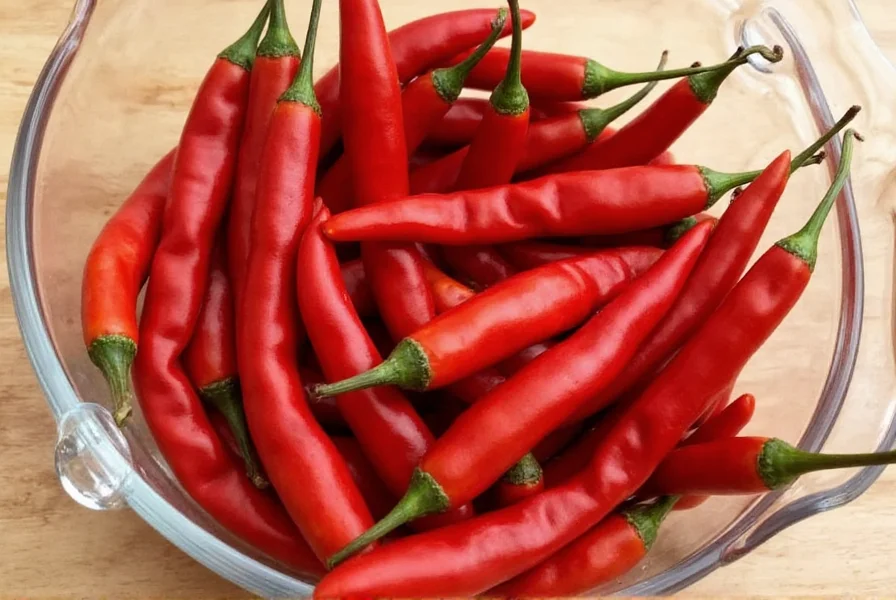Table of Contents
Top Cascabel Chile Substitutes
When cascabel chiles are unavailable, these five alternatives deliver authentic Mexican flavors with minimal adjustment:
| Substitute | Flavor Match | Heat Level (SHU) | Best Use Case |
|---|---|---|---|
| Ancho | Sweet, fruity, mild smokiness | 1,000–2,000 | Moles, sauces, soups |
| Mulato | Chocolatey, earthy, rich depth | 2,500–3,000 | Braises, slow-cooked dishes |
| Guajillo | Berry-like, tangy brightness | 2,500–5,000 | Salsas, marinades |
| Pasilla | Grassy, raisin undertones | 2,500–4,000 | Stews, moisture-heavy dishes |
| Chipotle Powder | Intense smoke (use sparingly) | 5,000–10,000 | Dry rubs, smoked meats |
Quick recommendation: For closest flavor match, use mulato. For tomato-based dishes, choose guajillo. For smoky recipes, use chipotle powder (½ tsp per cascabel).
Why Cascabel Substitutes Matter
Cascabel chiles (dried mirasol peppers) are prized for their nutty, smoky depth in Mexican cuisine. However, they're often hard to find outside specialty stores. Whether due to limited availability, cost, or dietary needs, knowing reliable substitutes ensures your dishes stay authentic without compromise.
Cascabel Flavor Profile
Understanding cascabel's unique traits helps choose the right replacement:
- Nutty – Toasted walnut-like richness
- Smoky – Subtle, not overpowering
- Earthy – Dried herb undertones
- Mild heat – 1,000–3,000 Scoville units (similar to jalapeños)
Unlike hotter chiles, cascabels prioritize flavor complexity over spice intensity.
Detailed Substitute Comparison
Ancho Chile
Dried poblanos with sweet, fruity notes. Ideal for mole sauces where depth matters more than heat. Use 1:1 ratio for cascabel.
Mulato Chile
Closest flavor match to cascabel. Chocolatey undertones and earthy depth make it perfect for braises. Slightly higher heat (2,500–3,000 SHU).
Guajillo Chile
Berry-like tanginess works best in tomato-based salsas. Add extra lime juice to balance acidity.
Pasilla Chile
Grassy, raisin-like flavor shines in stews. Soak longer (25 mins) to rehydrate fully.
Chipotle Powder
Strong smoke but 2–5x hotter than cascabel. Use ¼ tsp powder per cascabel chile. Best for dry rubs.
| Product | Key Features | Best For |
|---|---|---|
| La Morena Ancho Chile Pods | Mexican origin, resealable packaging | Homemade mole sauce |
| El Guapo Mulato Chile | Deep chocolate notes, minimal stems | Slow-cooked braises |
| Los Cuates Guajillo Chile | Vibrant tang, easy to de-seed | Tomato-based salsas |
| McCormick Pasilla Ground | Pre-ground convenience | Quick soups and chili |
| Simply Organic Chipotle Powder | Organic, potent smokiness | BBQ rubs and smoked meats |


Cooking Tips & Recipes
Ancho: Creamy Roasted Tomato Soup
- Toast pods 20 seconds, soak 15 mins
- Blend with roasted tomatoes, garlic, and cream
- Finish with fresh cilantro
Mulato: Spiced Chicken Enchiladas
- Soak chiles until soft, blend with spices
- Use for sauce over shredded chicken
- Bake until golden for family dinners
Frequently Asked Questions
What's the closest substitute for cascabel chiles?
Mulato chiles are the closest match, offering similar earthy, nutty depth with 2,500–3,000 SHU heat. For single-ingredient substitution, use mulato 1:1. For complex flavor, combine ancho (sweetness) and guajillo (tang).
Can I use chipotle powder instead of cascabel?
Yes, but use ¼–½ tsp powder per cascabel chile. Chipotle is significantly hotter (5,000–10,000 SHU) and smokier. Best for dry rubs or smoked dishes where intense smoke is desired.
Conclusion: Finding Your Perfect Match
While cascabel chiles have unique qualities, these substitutes maintain authentic Mexican flavors when originals aren't available. Match substitutes to your dish's needs: mulato for depth, guajillo for tang, and chipotle for smoke. Always prioritize freshness—pliable, aromatic chiles deliver the best results.












 浙公网安备
33010002000092号
浙公网安备
33010002000092号 浙B2-20120091-4
浙B2-20120091-4